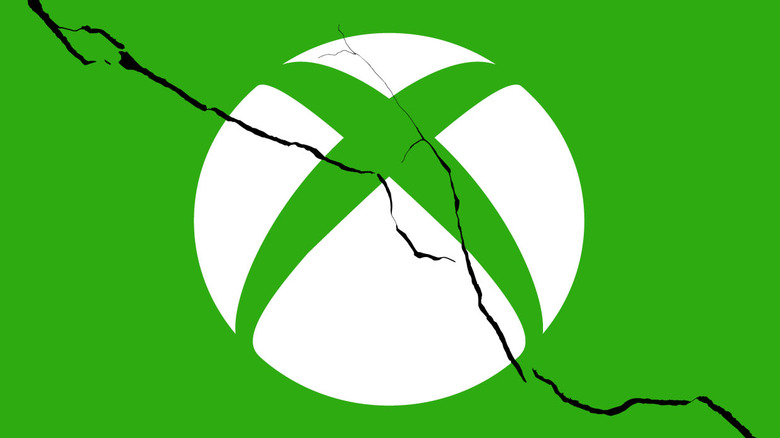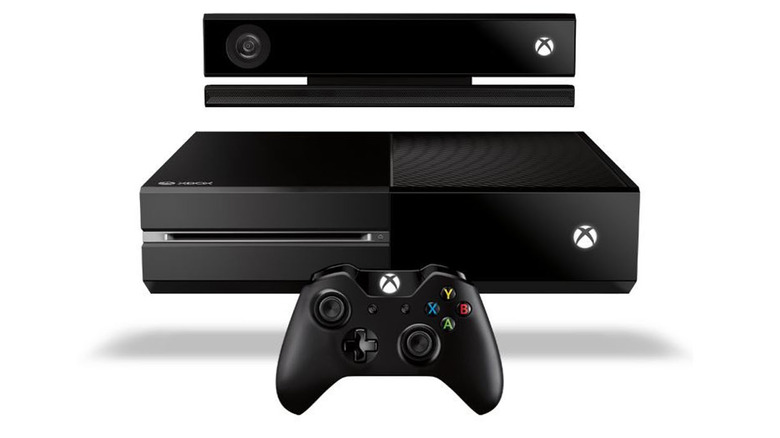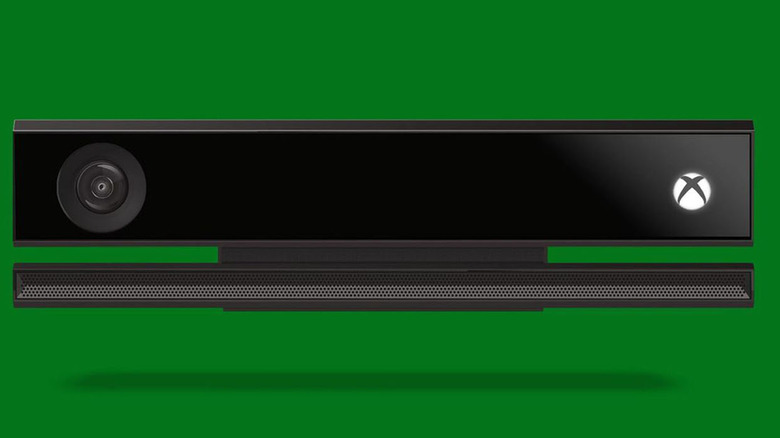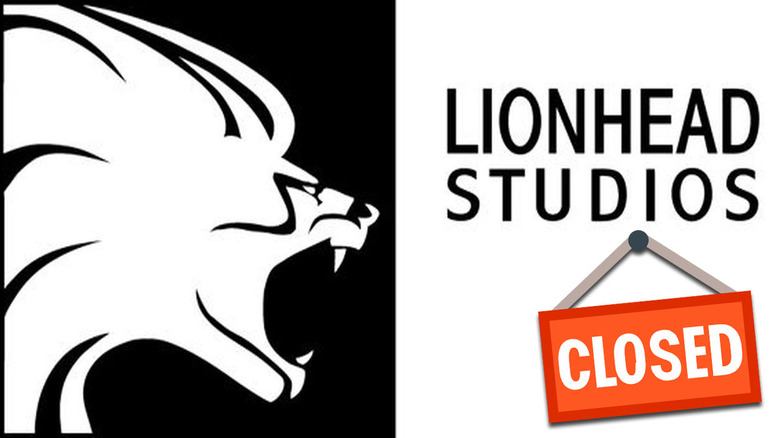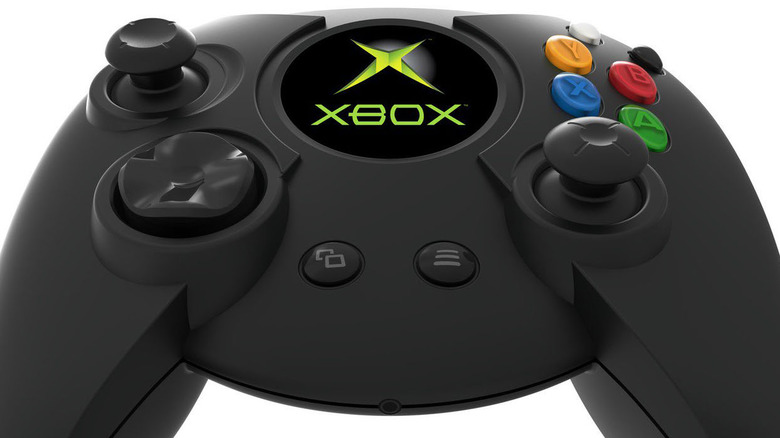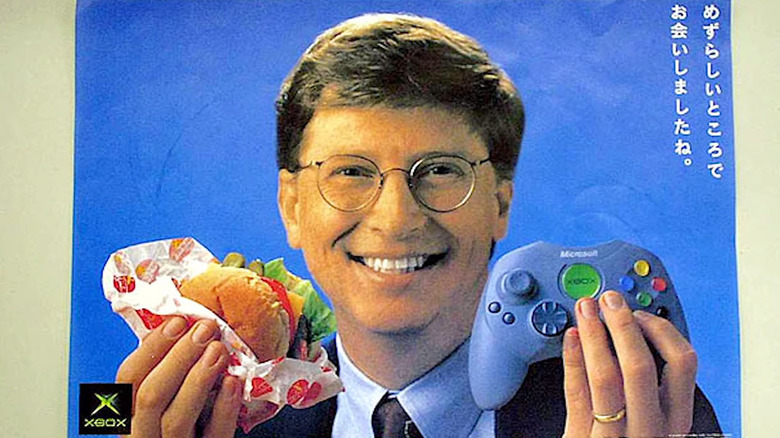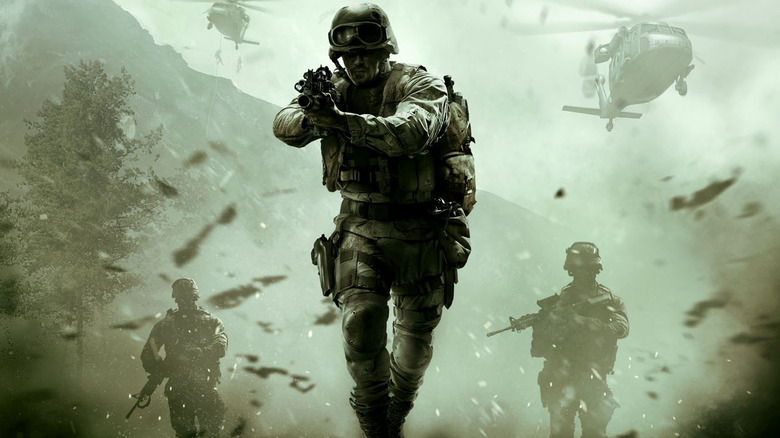Moments That Nearly Destroyed Xbox
It's no secret that companies make missteps from time to time, but every once in a while these decisions can be catastrophic to their bottom line. Microsoft is no stranger to this, as several choices have created moments that almost destroyed the company's Xbox line of consoles. Whether these moments were inherently anti-consumer in design, lead to a gap in Xbox-exclusive releases, or were simply misguided attempts at appealing to players on a universal scale, there were a number of occasions where Microsoft truly dropped the ball. These moments were so substantial, in fact, that they have helped to shape the current gaming landscape. At times, they could have lead to the end of the platform if the company didn't course correct –- which the house of Bill Gates fortunately did in many of these instances.
Here are the moments that nearly destroyed Xbox.
Backtracking on the Xbox One
There was a lot of excitement leading up to the reveal of the Xbox One, but this passion for Microsoft's next-generation console quickly turned to frustration when the company announced some of the plans it had for the hardware. First and foremost, the Xbox One wasn't going to initially allow for same-disc sharing. This meant that buying used games, renting them, or even lending them to a friend would not have been an option on the platform. Adding on to this, the console would have had to have a constant online connection. That's right, gamers wouldn't have been able to access any of their games on Xbox One if they didn't have the console connected to the internet.
Gamers immediately expressed outrage over these decisions. As Microsoft dealt with the immense backlash, Sony moved in to mock the anti-consumer practices of the then-impending Xbox One during E3 2013 in several hilarious PlayStation 4 skits. Despite Microsoft's decision to quickly scrap these initial plans, the platform never truly did recover, and PlayStation 4 took an astounding lead. At least, that much is evident by the current sales comparisons.
A failed Kinection
Microsoft made headlines upon the release of the original Kinect for the Xbox 360. The infrared camera was arguably one of the first smart home devices on the market, albeit with a focus on gaming, that allowed people to utilize motion and voice controls without a controller or headset. It was an immediate success when it arrived in 2010, earning Guinness World Records' title for "Fastest Selling Gaming Peripheral" by selling 8 million units within its first 60 days of availability –- or 133,333 units a day. As a result of this success, Microsoft was eager to incorporate Kinect 2.0 into its Xbox One console. But it made a major miscalculation in doing so.
Since Microsoft decided to make Kinect 2.0 a mandatory pack-in for the Xbox One, the cost of the unit at launch was $500 USD. Sony's response to this only hours later at its E3 2013 showcase was to confirm that the PlayStation 4 would retail for $100 less than that. Months later when the platforms launched, PS4 immediately took the lead in console sales and Xbox has never been able to regain that footing, despite opting to release a Kinect-less SKU of the Xbox One less than a year later.
Cancellation and closure catastrophe
This point is more of a series of unfortunate moments rather than one in particular, but the end result has left a lot of doubt in Microsoft's ability to provide timely platform exclusives on Xbox. The current lack of trust within the newly rebranded Xbox Game Studios stems from events in 2016 and 2017 when Microsoft shuttered beloved Fable developer Lionhead Studios and then canceled PlatinumGames' Scalebound, respectively. Both of these moves lead to software gaps for the Xbox One in 2018 and beyond, which has instilled a noticeable lack of faith in the publisher and the brand as a whole.
To the company's credit, moves have been made since in order to help ensure that the library of Xbox-branded software is more highly valued by consumers moving forward. Studios like Compulsion Games, Obsidian Entertainment, and Ninja Theory have all been acquired by the tech giant and should bear fruit within the next few years. Still, it's going to be a hard perception for Microsoft to shake.
The Duke of Hazards
Currently sitting in infamy as one of the most poorly-designed controllers in the history of the gaming industry, the size of the original Xbox's controller (dubbed the Duke) was immediately apparent for anyone that purchased the console upon its launch in 2001. As it turns out, consumers in North America weren't at all thrilled with the hulking peripheral. That's why the moment that Microsoft released a slimmer version of Duke known as Controller S for Japanese gamers, consumers demanded that the device –- which was 2/3 of the size of the original –- be made available outside of the region.
Internally, a number of developers behind the original Xbox believed that the Duke remote was far too large. The designer behind Duke, Denise Chaudhari, later disclosed in an interview with Engadget that in the wake of the original controller's extremely short production run "it was very easy for [Microsoft's designers] to be like, 'See? Told you so. If we had designed it, it would've been a hit right from the beginning. They were really proud that they had vindication, that they could design a controller and that my original controller was discontinued."
Hilariously, Xbox and gaming accessory company Hyperkins teamed up to resurrect the Duke on Xbox One in 2018.
Failure to launch (in Japan)
Historically Microsoft has always struggled with gaining a foothold in Japan. The country has never found the hardware or software lineup of the Xbox brand all that appealing for whatever reason, and this failure to launch can be traced back to the design of the original Xbox console — specifically, the moment Microsoft decided to launch Xbox in the region with its big and bulky appearance.
Microsoft was warned that Japanese audiences didn't like the feel of the controller or the look of the console prior to launch, but that ultimately didn't matter. According to former Xbox designer Johnathan Blackley (via Engadget), "There was actually a petition of Japanese game developers [against the Duke], and it had a lot of really famous names on it." With a lack of faith from developers and consumers alike, Microsoft was never able to make the brand a resounding success in the region.
Call of Duty abandons ship
Call of Duty has cemented itself as a massive annual gaming franchise. Call of Duty: Black Ops 4 was the best-selling game of 2018, which just goes to show that the series is still a juggernaut every single year. Despite always being a multiplatform offering, at one point the brand was heavily associated with Xbox thanks to an exclusive deal between Call of Duty publisher Activision and Microsoft. This deal saw to it that DLC would arrive first on Xbox platforms and it worked out incredibly for the brand ... at least until the deal expired.
At E3 2015, Sony announced that it would be partnering with Activision to bring Call of Duty DLC to PlayStation 4 first. This deal is still in place today, and while the window of exclusivity has been reduced to one week, it's a clear advantage for fans of the shooter to invest in the PS4 version.

